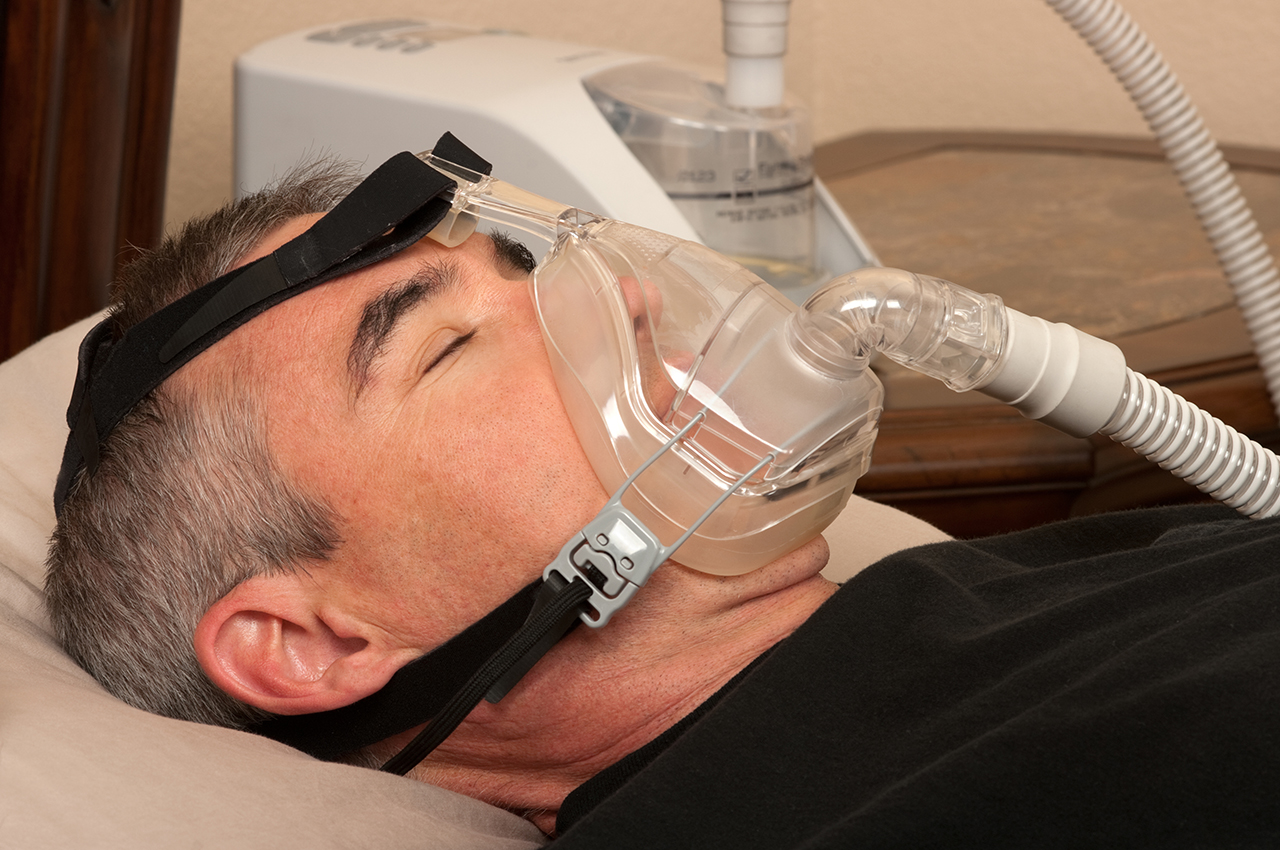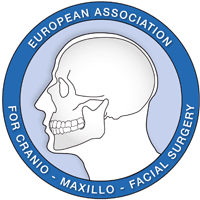Alternative to CPAP mask
How does CPAP treatment work?
Help by Cpap breathing mask problems
Treatment without Cpap mask.
CPAP mask therapy is a symptomatic treatment in which the device has to be worn consistently during sleep throughout the patient’s life.

Sleep apnoea is a life-threatening condition that manifests itself in frequent pauses in breathing during sleep.
Effectiveness of Cpap treatment
In most cases, the symptoms of this illness are treated with a so-called CPAP (Continuous Positive Airway Pressure) mask. Air with excess pressure of 5 to 20 millibars is forced into the lungs by a ventilator. This prevents the airways from collapsing and alleviates the interruptions to breathing. The effect only lasts as long as the mask is worn. This makes it necessary to wear the artificial respiration device throughout the night. Since the introduction of this treatment at the end of the 1980s, it has been possible to reduce the incidence of secondary conditions in users of CPAP masks significantly. The effectiveness of this treatment depends on the correct respiration pressure and a mask that fits perfectly.
Common problems with CPAP breathing mask
In many cases, however, these optimal conditions are not met. Unfortunately, there are therefore frequent problems and side effects associated with CPAP treatment. These can be so severe that the patient becomes frustrated and terminates the treatment. Many CPAP mask wearers report the following side effects and impairments::
- Night-time panic attacks due to fear of suffocation, as breathing out is very difficult through the mask
- Pressure points from wearing the mask
- Contact allergies due to material intolerances
- Swelling and inflammation of the eyes as the mask can leak (leaking respiration air is constantly blown into the eyes)
- Severe flatulence due to air in the stomach, caused by excess respiration pressure
- Chest or lung pain, as breathing out is always against pressure
- Long-term damage to the lungs (bronchiectasis) and lung inflammation as a result of microaspiration caused by breathing through the mask
- Frequent colds while using the breathing mask
- Dry oral and nasal mucous membranes due to artificial respiration
- Excessive urge to urinate at night
- Loud noises due to technical respiratory equipment, especially when it moves
- Restriction on living with a partner due to the breathing equipment
- Impaired movement during sleep
- The mask can only be used to a limited extent, if at all, in the case of colds or hay fever
- Despite the reduction in breathing interruptions due to the CPAP mask, there is often still a significant health risk as the number of apnoea episodes is not reduced sufficiently
Cpap therapy success rate
As the CPAP therapy cannot cure sleep apnoea, mask respiration must be used for the rest of the patient’s life. A variety of patient reports show that the CPAP ventilation procedure often does not treat respiratory disorders sufficiently (still more than 10 breathing interruptions per hour of sleep). In practice it has been shown that around 20% to 30% of patients do not use the CPAP therapy prescribed by their doctor consistently and regularly as they cannot tolerate the breathing mask. In these cases, treatment is unsuccessful. On the contrary: these patient groups continue to be at a high risk of sequelae (complications), particularly of the cardiovascular system. Untreated sleep apnoea often then leads to a significant shortening of life expectancy. To prevent this, the CPAP pressure ventilation therapy must be carried out consistently during sleep and without interruptions. If this not possible for the reasons mentioned above, a specialist doctor should be contacted immediately to find a suitable alternative form of therapy.
Alternatice to Cpap therapy
Lifelong use of the CPAP mask can only be avoided if the causes of the obstructive sleep apnoea are removed with a surgical procedure. During this operation, the upper airway is permanently enlarged by moving the upper and lower jaw forward.
Sleep apnoea is cured permanently using the surgical method of “rotation advancement” developed by Professor Sailer, which is the only procedure of its type in the world. The side effects of the CPAP mask and the restrictions it imposes on quality of life are then a thing of the past.
Continue to information about the permanent cure




 )
)